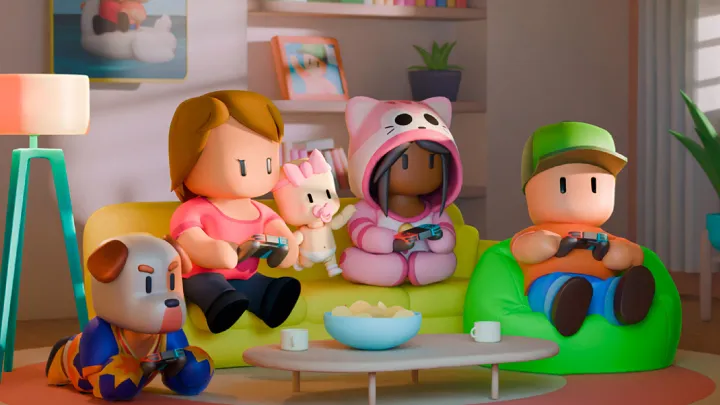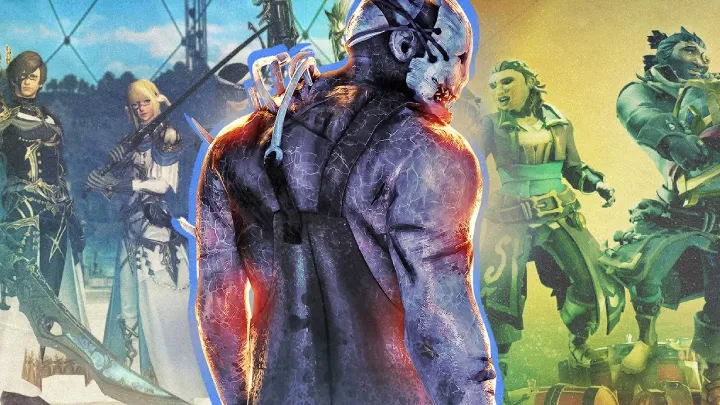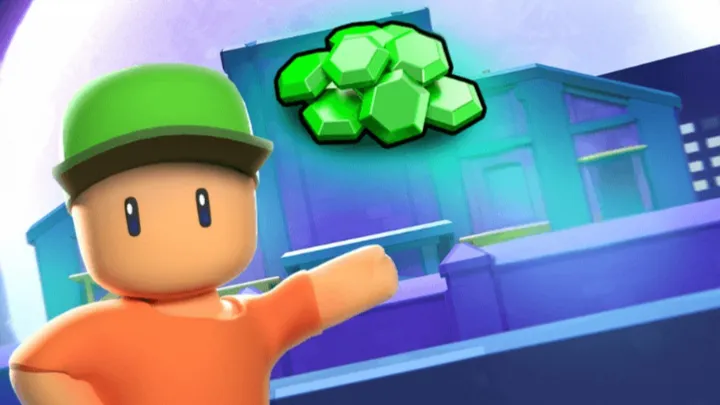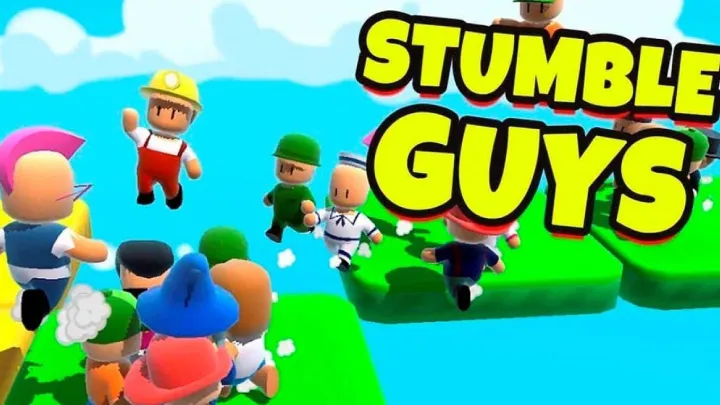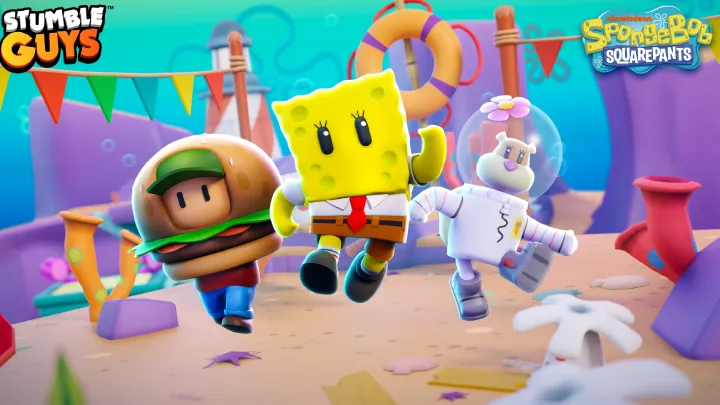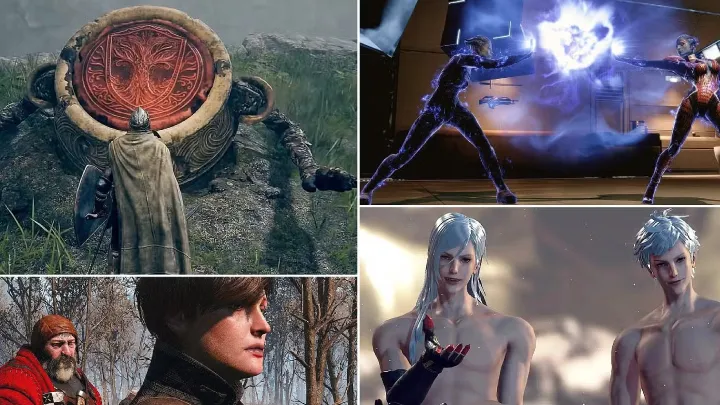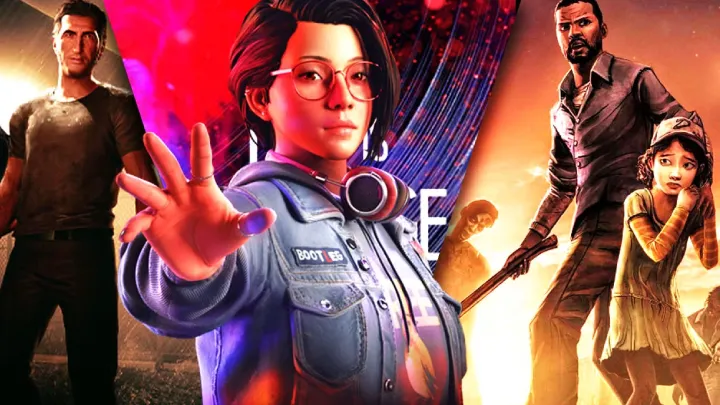NBA 2K24 has brought with it one of the most refined and competitive systems for player builds in the history of the franchise. Over the years, player archetypes have shifted dramatically, with each new installment introducing different balances, restrictions, and opportunities for growth. In NBA 2K24, this evolution has reached a point where understanding how builds work is not just about creating a MyPlayer but about adapting to an ever-changing competitive environment both in MyCareer and online in The City or Pro-Am.
This article will explore the evolution of builds in NBA 2K24 in detail. We will examine the history of archetypes, the role of attributes, the balance between gameplay and realism, and how the meta defines what players gravitate toward. By the end, you’ll gain a deep appreciation for how builds shape the 2K experience and why understanding them is crucial to thriving in both casual and competitive play.
1. The Legacy of Archetypes in NBA 2K
The concept of archetypes began several years ago as a way to balance gameplay. In early editions of NBA 2K, players often created overpowered characters with maxed-out attributes across multiple categories. This resulted in unrealistic gameplay and a lack of diversity. To fix this, archetypes were introduced to force players to make trade-offs.
For instance, a sharpshooter could excel at three-point shooting but would struggle in driving and finishing at the rim. Conversely, a slashing build might dominate in transition but be ineffective as a perimeter threat. NBA 2K24 continues this legacy but pushes it further with refined attribute caps and badge systems that encourage specialized play.
Archetypes became more than just categories—they became a reflection of playstyle. Players started to identify with their builds as extensions of their basketball identity, whether they wanted to mimic real NBA stars or carve out a unique role in online competition.
2. Attribute Caps and the Role of Limitations
One of the most critical aspects of NBA 2K24’s build system is the use of attribute caps. Unlike earlier versions of the game, you cannot simply max out every stat. Instead, each decision you make has consequences for other areas of your build. For example, improving your three-point shooting might limit how high you can push your ball-handling or defense.
This forces players to think strategically. Do you want to be an elite scorer who struggles on defense, or would you rather sacrifice offensive firepower for the ability to lock down opponents? These questions shape the entire player base and create variety in matchups.
Limitations also serve to prevent overpowered builds. In the past, players often found exploits that created “demigod builds,” which could dominate every aspect of the game. NBA 2K24’s stricter attribute caps make it harder to achieve this level of imbalance, though the search for the perfect meta build is always ongoing.
3. The Badge System as a Game-Changer
Badges are another pillar of NBA 2K24’s build system. More than just attribute numbers, badges give unique abilities and enhancements that can define how effective a player is in specific scenarios. For example, badges like Limitless Range or Clamps can completely transform a build, allowing it to perform beyond what raw stats might suggest.
What makes badges so interesting is the tiered system. Not all badges are created equal, and in NBA 2K24, the balance between badge tiers creates both diversity and competition. Securing a Hall of Fame level badge requires heavy investment, which often means making sacrifices in other parts of your build.
The badge system has also led to constant experimentation. Players share builds online, analyze which badges are most effective, and adjust their playstyle to take advantage of them. This creates a constantly evolving meta where no single build dominates forever.
4. Balancing Realism with Gameplay
One of the ongoing challenges for the developers of NBA 2K24 has been balancing realism with gameplay. Basketball is a sport with highly skilled professionals capable of doing incredible things, but allowing every player in MyCareer to replicate that would destroy the balance of online competition.
As a result, builds are often limited in ways that feel restrictive compared to real-life NBA players. For example, not every guard in the NBA is a poor defender, but in 2K, if you specialize as a shooter, you may have to accept weaker defensive stats. This trade-off can frustrate some players but is necessary to maintain fairness in multiplayer environments.
The balance between realism and gameplay creates an interesting dynamic. Some players embrace the challenge of excelling within restrictions, while others push the limits to exploit the most game-breaking combinations. NBA 2K24 walks a fine line, offering enough freedom to feel realistic while keeping the game competitive.
5. The Rise of Hybrid Builds
In recent years, hybrid builds have become increasingly popular, and NBA 2K24 is no exception. These builds combine elements from multiple archetypes to create versatile players capable of contributing in more than one area.
For example, the popular “two-way” builds allow players to excel on both offense and defense. A two-way slasher might dominate in transition while also locking down opposing guards, making them invaluable in both casual games and Pro-Am competitions.
Hybrid builds represent the evolution of the meta. Instead of focusing entirely on one skill, players seek balance that allows them to adapt to different situations. While these builds may not always excel in a single category, their versatility makes them powerful in the right hands.
6. The Influence of Online Meta
No discussion of builds in NBA 2K24 would be complete without examining the online meta. The meta refers to the most popular and effective strategies or builds in competitive play. Once a specific build gains traction, players across the community often rush to replicate it, leading to trends that dominate the game for weeks or months.
For example, in previous years, pure sharpshooter builds were nearly unstoppable, leading to entire lobbies filled with players who specialized in three-point shooting. In NBA 2K24, the developers have taken steps to prevent this level of imbalance, but the meta still exists. Hybrid builds, strong defenders, and versatile guards have all emerged as dominant forces at different times.
The online meta shapes the way the game is played. Developers respond with patches to balance overpowered builds, but the community is always one step ahead, finding new ways to gain an edge. This cycle of discovery and adaptation keeps the game fresh but also creates frustration when certain builds feel too powerful.
7. Position-Specific Evolution
Different positions in NBA 2K24 have seen their own unique evolution in terms of builds. Guards, forwards, and centers each face distinct limitations and opportunities.
Guards often focus on shooting and playmaking, but recent evolutions have made defense a critical aspect of guard builds. Forwards are frequently the most versatile players, capable of contributing as scorers, defenders, or rebounders depending on the chosen archetype. Centers have historically been limited to rebounding and finishing but now can stretch the floor as shooting bigs, creating new strategic possibilities.
The evolution of position-specific builds reflects the changing nature of basketball itself. Just as real NBA players are becoming more versatile, so too are builds in NBA 2K24. This mirrors the rise of positionless basketball, where skills matter more than labels.
8. Community-Created Build Culture
One of the most fascinating aspects of NBA 2K24 is how the community has embraced the culture of build creation. Forums, YouTube channels, and social media platforms are filled with discussions about the best builds, hidden gems, and experimental combinations.
Content creators play a huge role in shaping the community’s perception of builds. A single viral video showcasing an overpowered build can influence thousands of players to recreate it, leading to dramatic shifts in the meta. This has turned build-making into both a science and an art, with dedicated players spending hours in the builder system to optimize every attribute and badge.
The culture of sharing builds has also fostered creativity. Some players enjoy making builds inspired by NBA legends, while others try to push the boundaries of what is possible. This collective experimentation keeps the game alive long after release.
9. The Role of Seasons and Updates
NBA 2K24’s seasonal structure has added another layer of evolution to player builds. Each new season often brings updates, balance changes, or rewards that affect which builds are most effective. For instance, a buff to certain badges might make defensive builds more appealing, while a nerf to shooting could shift the meta toward slashing and inside scoring.
These updates ensure that the game does not stagnate. Instead, players must constantly adapt their strategies to remain competitive. While this can frustrate those who invest heavily in a specific build, it also keeps the community engaged and encourages experimentation.
The seasonal updates also tie into rewards, motivating players to try different builds to unlock exclusive items. This creates a dynamic ecosystem where builds are not just static creations but living parts of the game’s ongoing evolution.
10. The Future of Builds in NBA 2K
Looking ahead, the future of builds in NBA 2K is both exciting and uncertain. With each installment, developers refine the system to balance freedom, realism, and competitiveness. NBA 2K24 has already made significant strides, but there is always room for innovation.
One possible direction is the integration of more dynamic builds that evolve with gameplay. Instead of locking players into choices at the beginning, future versions of the game might allow builds to grow and change based on performance or in-game decisions. This would create an even deeper connection between the player and their MyPlayer journey.
Another possibility is increased customization, allowing for truly unique builds that reflect personal style without breaking balance. Whether through advanced attribute sliders, new badges, or innovative mechanics, the evolution of builds will continue to shape the way NBA 2K is played.
11. Conclusion
The evolution of player builds in NBA 2K24 is a reflection of the game’s commitment to balancing realism, competition, and creativity. From the legacy of archetypes to the rise of hybrid builds, from the impact of badges to the influence of the online meta, builds have become the heartbeat of the NBA 2K experience.
Understanding builds is no longer optional for players who want to thrive—it is essential. Whether you are a casual gamer looking to enjoy MyCareer or a competitive player grinding through Pro-Am, your build determines your identity on the court. NBA 2K24 has created a system that challenges players to think strategically, adapt constantly, and embrace the culture of creation.
As the game continues to evolve through seasons, updates, and community experimentation, one thing is certain: the art of building will remain at the center of the NBA 2K experience for years to come.








